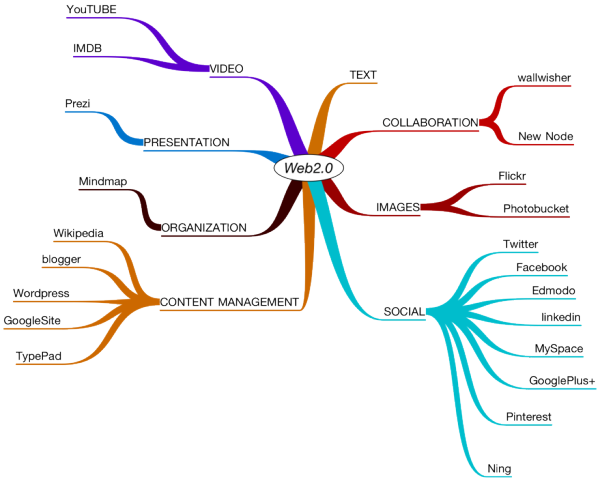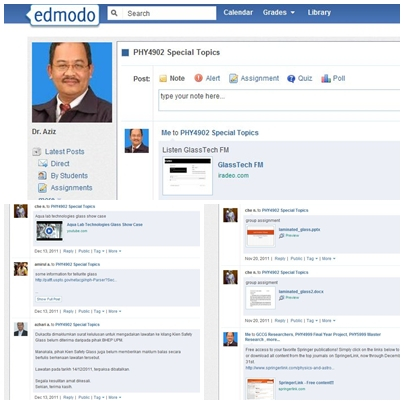With many educational institutions choosing to use tablets for learning, it can be quite intimidating for teachers when faced with so many applications. The diagram below serves to illustrate that less than 20 core apps can play a significant part in the learning process and hopefully temper any trepidation.
(with thanks to Greg Hughes @deepexperience1 for his ideas and input)
The apps indicated serve to enhance or modify existing practice with scope to be transformational. The extent to which the learning environment can be changed is up to the educator and students.
COLLABORATION
Twitter and Skype are part of many students’ lives, with immediate contact and communication a must. There is no reason they can’t be utilised in the classroom and to support learning at home. A class twitter account provides an easy way to convey links/information and is simple to set up and make private. Skype provides a free way to collaborate with peers and indeed experts in a subject area with little technical know-how.
A PDF annotator and Skitch (with the ability to annotate images) might take a little more getting used to, but are invaluable to the educator with tablets in the classroom. Existing resources are easily modified and the ability to redo and share can’t be underestimated. Students quickly learn shortcuts and the learning process can be enhanced with minimal attention paid to the technology.
Perhaps the most important collaborative tool however is GoogleDrive. Leaving GoogleApps aside, the sharing options and collaborative documents make GoogleDrive a really powerful app and one worth spending some time learning all about.
(with thanks to dc12norfolk)
As the video illustrates, GoogleDrive is a very powerful learning tool with transformational possibilities for students and educators alike.
RESOURCES
I firmly believe that the reason why the iPad is the right choice for schools lies with two unique applications – iBooks Author and iTunesU. The ability to collate all existing and new resources into an iBook with iBooks Author and set out a course and its administration for a period of time in iTunesU will change the way some schools work. If you add to this the simplicity with which educators can create screencasts for their students using Explain Everything, then you have resource applications that are far beyond current methods.
Once an iTunesU course or iBook has been created, students just require a link to be able to download it to their iPad. A real plus is that any changes made by the author are automatically synced to any subscriber’s iPad. No more queuing for the photocopier!
AFL/WORKFLOW
Plenty has been written about Edmodo and Socrative as tools for learning and I concur, they are superb. Socrative will provide plenty of information for the educator with exit ticket reports (a real winner when planning for the next lesson). Edmodo also provides the ability to receive/annotate and grade assignments without any need for paper and students receiving their feedback as soon as it is completed by the educator.
(with thanks to Ron Bosch)
If educators only get to grips with these two applications they can have a real impact on the learning process and also the day to day management of workload.
MODELLING
Attention to detail is always enhanced when a student believes their work might be displayed to their peers. AppleTVallows any iPad on the same wireless network to be mirrored to a projector. This means that apps such as iMovie,iThoughtsHD and Notability allow students to create and share their work at the behest of the educator. It’s amazing how, after a couple of attempts, students’ work ethic improves when they have the opportunity to receive immediate feedback on their creations.
(with thanks to XMA4education)
I’m not suggesting there aren’t other generic apps that are very suitable for the classroom and I could have included many more. There are also countless subject specific apps that can really help educators and students alike to convey and discover information. The point of this post is, hopefully, to illustrate how a few apps and a 1:1 iPad environment needn’t be a daunting prospect.
All thoughts very welcome.


 Lazimnya kandungan pada kod palang tercetak di bahagian bawah atau atas kod. Untuk mengimbas kod ini anda memerlukan pengecam LASER yang dihubungkan kepada rangkaian sistem komputer. Sudah tentulah agak sukar digunakan untuk aktiviti P&P.
Lazimnya kandungan pada kod palang tercetak di bahagian bawah atau atas kod. Untuk mengimbas kod ini anda memerlukan pengecam LASER yang dihubungkan kepada rangkaian sistem komputer. Sudah tentulah agak sukar digunakan untuk aktiviti P&P.





 Profesor Dr. Sidek yang telah berkhidmat di Jabatan Fizik Fakulti Sains UPM selama 23 tahun sebelum ini pernah menerima anugerah besar peringkat kebangsaan antaranya anugerah Saintis Muda Negara (1997) dan Tokoh Pekerja Lelaki Peringkat Kebangsaan (2006). Beliau juga adalah penerima pertama Anugerah Fellowship Naib Canselor (cemerlang dalam pengajaran) yang mula di perkenalkan di UPM pada tahun 2004.
Profesor Dr. Sidek yang telah berkhidmat di Jabatan Fizik Fakulti Sains UPM selama 23 tahun sebelum ini pernah menerima anugerah besar peringkat kebangsaan antaranya anugerah Saintis Muda Negara (1997) dan Tokoh Pekerja Lelaki Peringkat Kebangsaan (2006). Beliau juga adalah penerima pertama Anugerah Fellowship Naib Canselor (cemerlang dalam pengajaran) yang mula di perkenalkan di UPM pada tahun 2004.

